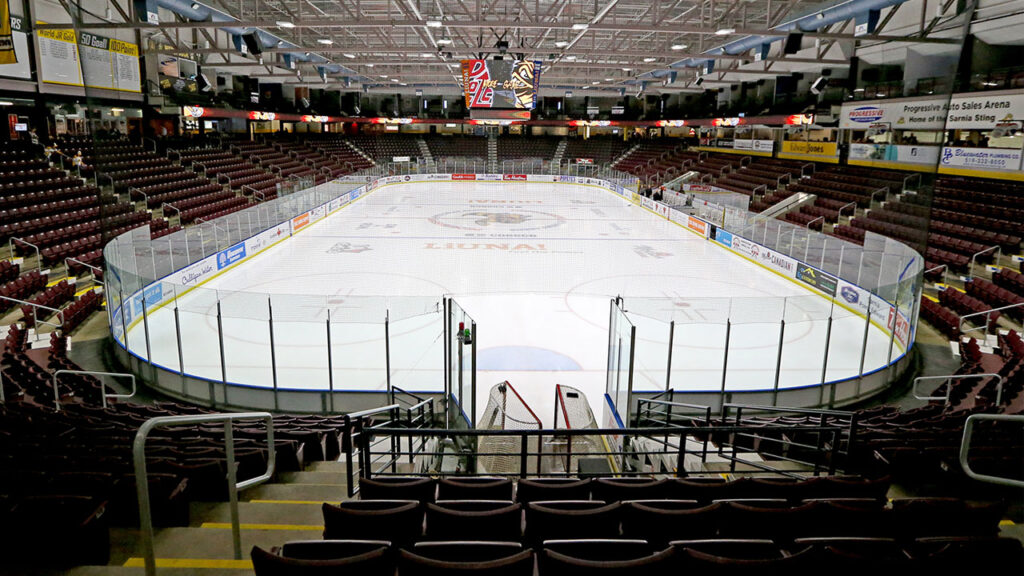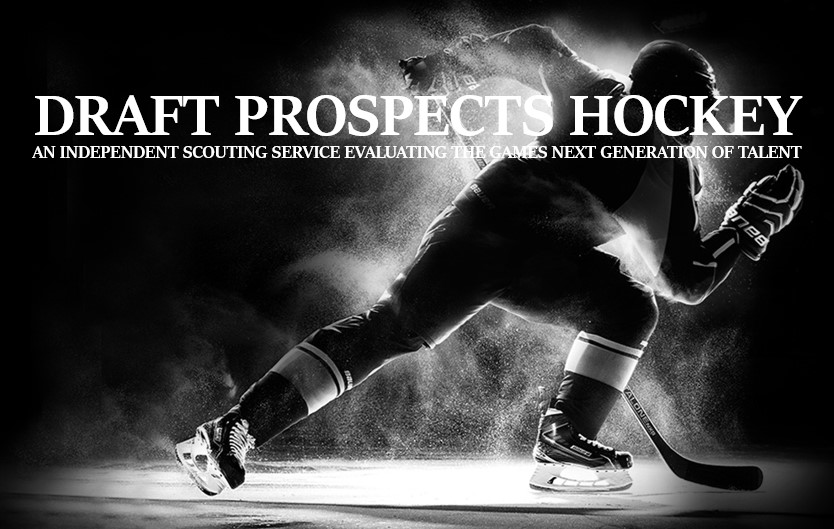
With COVID-19 delaying the start of junior leagues, what is the next step for prospects?
By Jonah Fleisher
The COVID-19 pandemic abruptly put an end to both pro and amateur hockey leagues in mid-March. Still without a vaccine, what are the next steps for these leagues and prospects as they attempt to get back on the ice?
Around the world, sports are experiencing unprecedented challenges. With COVID-19 still spreading, all minor leagues have been forced to suspend, postpone, or in some cases cancel their seasons. But what does this mean for the players? Or the teams who are counting on their prospects to develop with consistent playing time and training? When will junior hockey come back?
Hockey’s most prominent junior leagues have already begun to formulate their plans to return to action. The three leagues in the CHL have already announced their procedures to begin their next seasons.
The OHL — which will already have to solve some problems arising from three of its teams being located in the U.S. — is slated to begin on December 1st with a slightly shortened, 64 game schedule ending on April 29th. They will run a 16-team playoffs followed by the Memorial Cup, to be hosted by either the Oshawa Generals or the Soo Greyhounds. The league hopes that government officials will have given approval to have fans in the stands by December, but ensuring the safety of their players, coaches, staff, and fans is their top priority. According to Oshawa Generals General Manager Roger Hunt, training camp will start in early- to mid- November.
The WHL — which has used similar cross-boarder problems, start-up plans and protocols to the OHL — hopes to begin its 68-game season on December 4th.
The QMJHL, on the other hand, plans to return October 1st, two months before its two CHL counterparts. The league is committed to playing a 60 game regular season without fans. Training camps began on August 30th with teams limited to 34 invitees. The league will be split into three six-team conferences and all regular season games will be played within divisions to reduce travel.
NCAA hockey has suspended their plans to start their seasons this fall but its athletes will be allowed to play in junior leagues. While the NCAA considers the OHL, WHL, and QMJHL as “pro” leagues by its definition of “amateurism,” players can go to the USHL and any Canadian Junior-A or
European junior leagues.
Finally, the two “pro” junior leagues, the AHL and ECHL, will return on December 4th. The details surrounding the AHL’s season are yet to be determined but the ECHL has announced that it intends to proceed with a full 72-game schedule
With all the junior seasons being condensed into shorter time frames, there will be less rest for players and, therefore, more risk for injury. However, leagues have mitigated this risk by cutting down travel, which doubles as a plan to curtail the potential spread of COVID-19.
How will the delayed seasons affect prospects?
Hockey prospects need to be continuously developing and improving, both on and off the ice. Teams have been running virtual camps with their players and running workout programs from afar, but will the lack of real competition impede prospects’ development?
“In order for young players to continue to develop they need to continue to play at a high-level,” said Anaheim Ducks Director of Player Development Todd Marchant. “That being said, young players also need to develop off the ice, and this is valuable time that they will never get back in order to get bigger, stronger, and faster off the ice which will help them on the ice.”
Of course, some prospects had better access to exercise equipment during the COVID-19 lockdowns which could give them an advantage over their peers.
“If a young player takes advantage of this time they can accelerate their development process while not being on the ice,” Marchant said.
Many teams have decided to loan players to European clubs for the beginning of the season and, in some cases, for the whole year. However, with many of those European prospects having already made the transition to smaller, North American ice, they’ll have to re-adjust when the time is right for them to return to North America. Still, it is important that prospects compete in real games and the teams are willing to make this trade-off.
“I think players that move to the bigger rink will continue to develop because they will have more time and space with the puck on their stick which will improve their puck skills while increasing their confidence with the puck,” Marchant said. “There will be an adjustment when they return to the smaller rinks but the positive is that they are on the ice practicing and playing meaningful games and continuing to develop.”
The hope is that prospects can pick up where they left off in March, but development is seldom linear. Both NHL and junior teams have done all they can do, under these unprecedented circumstances, to keep their prospects active and developing off the ice until play resumes later this year.
In the meantime, you can rest assured that our DraftPro scouts have been scouring video and will be getting into rinks wherever and whenever allowed from Mississauga to Moscow in an effort to bring you the best, most accurate draft content out there.
